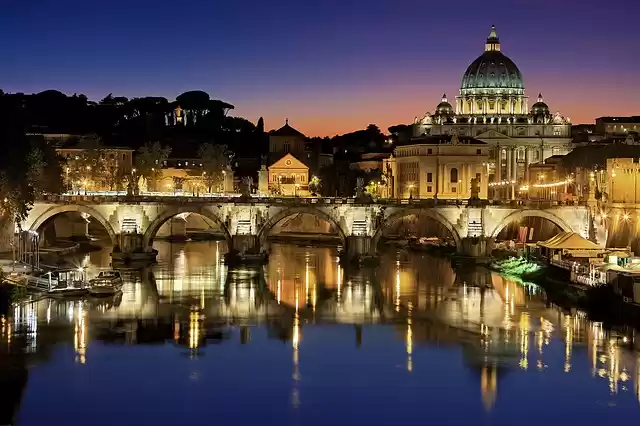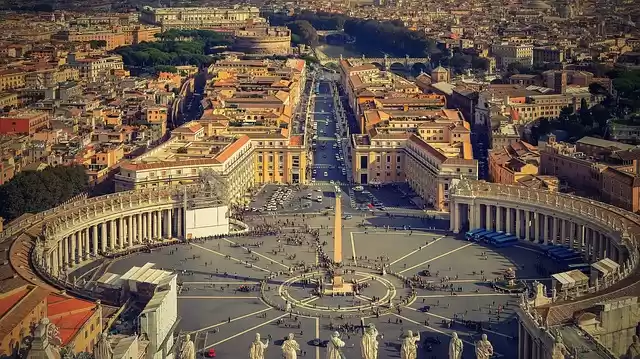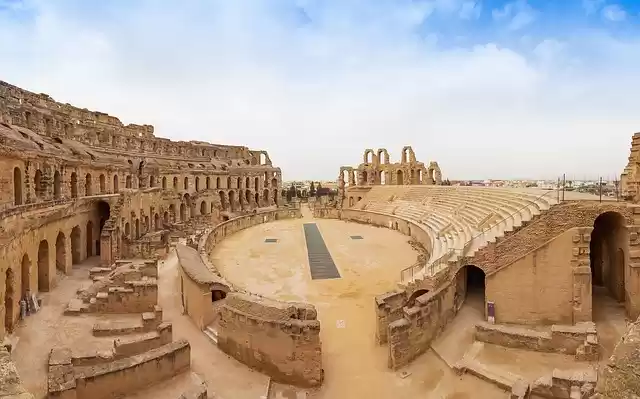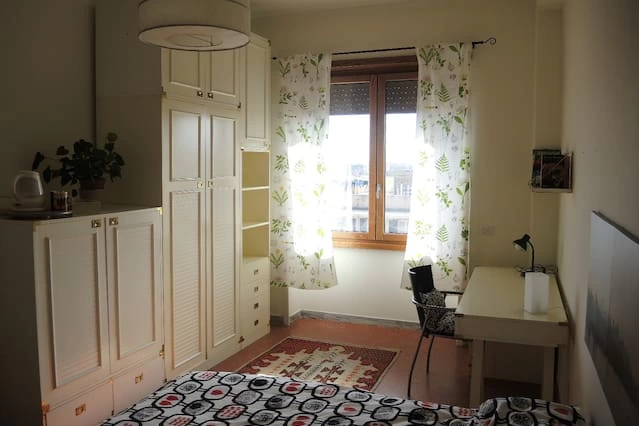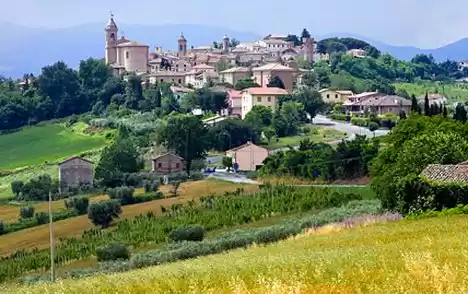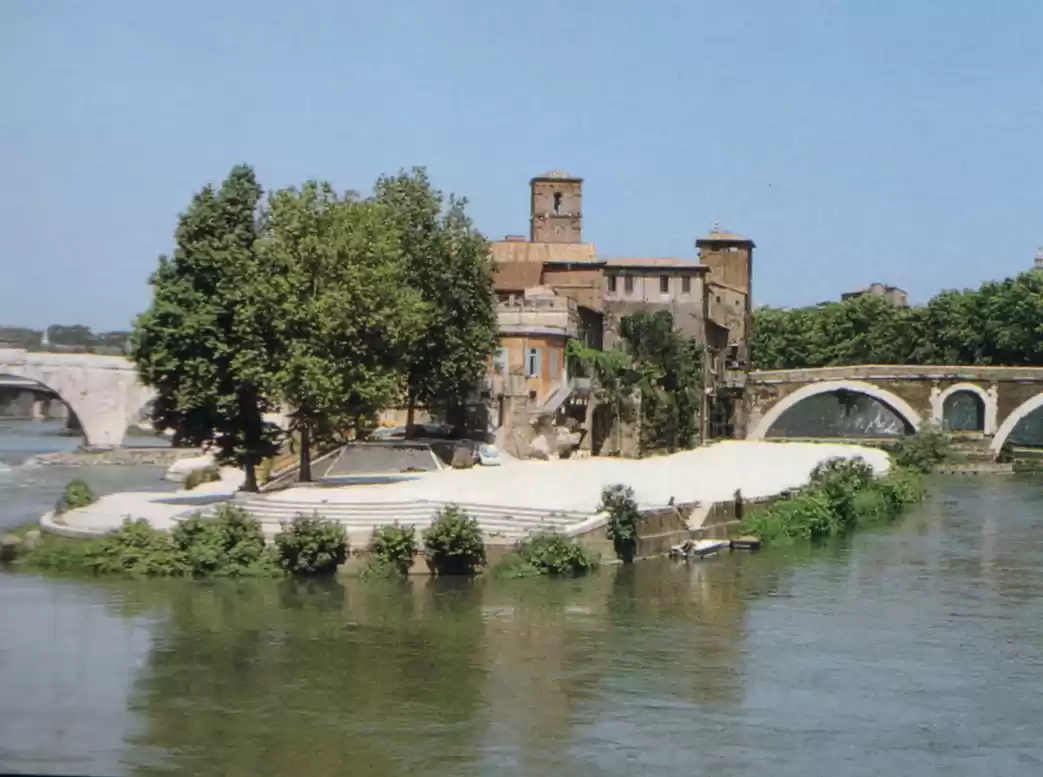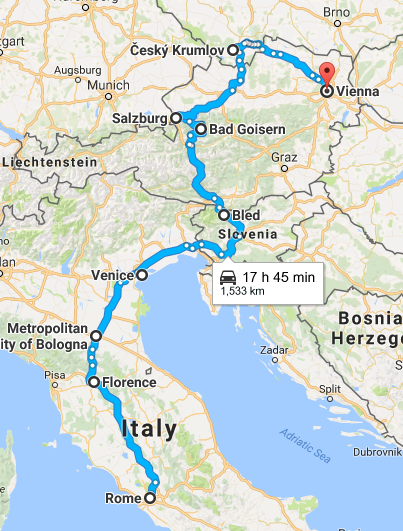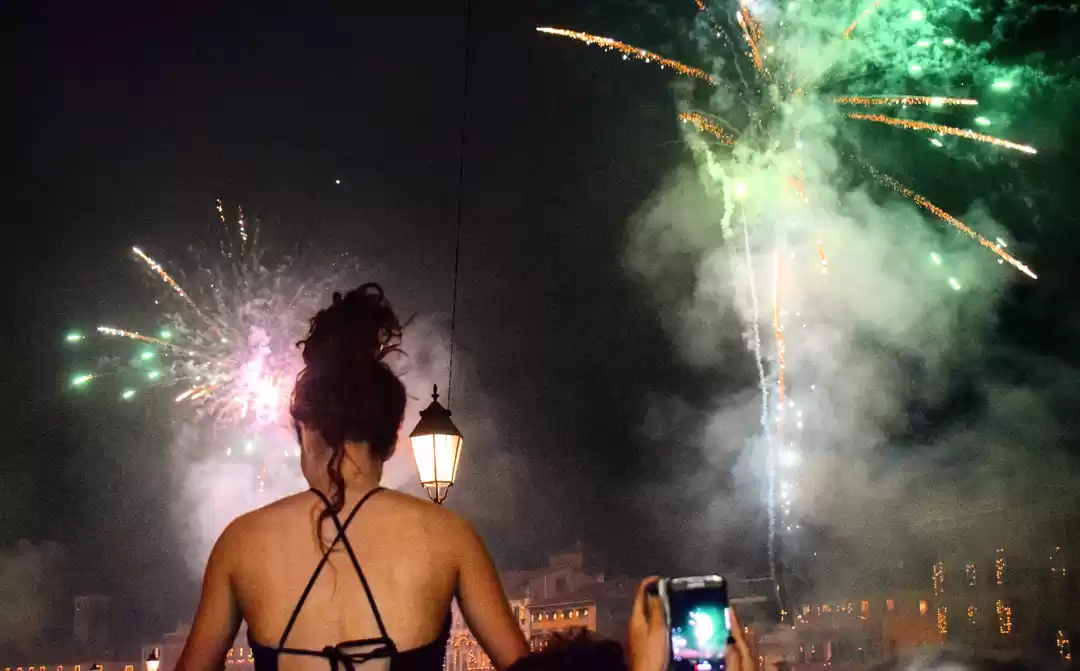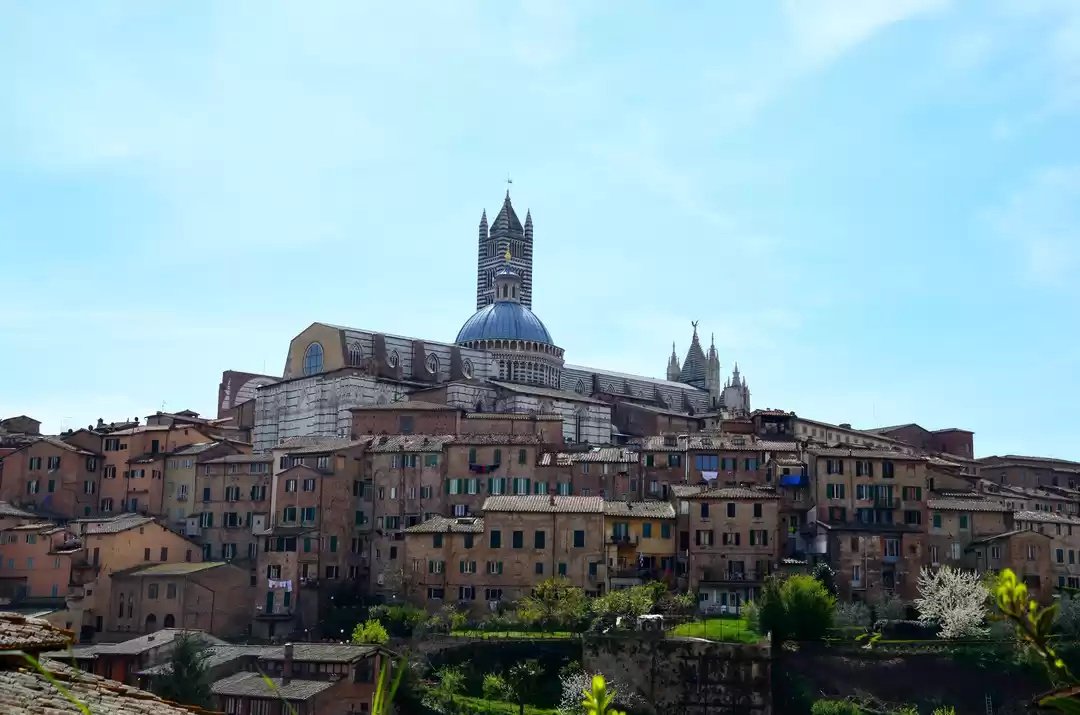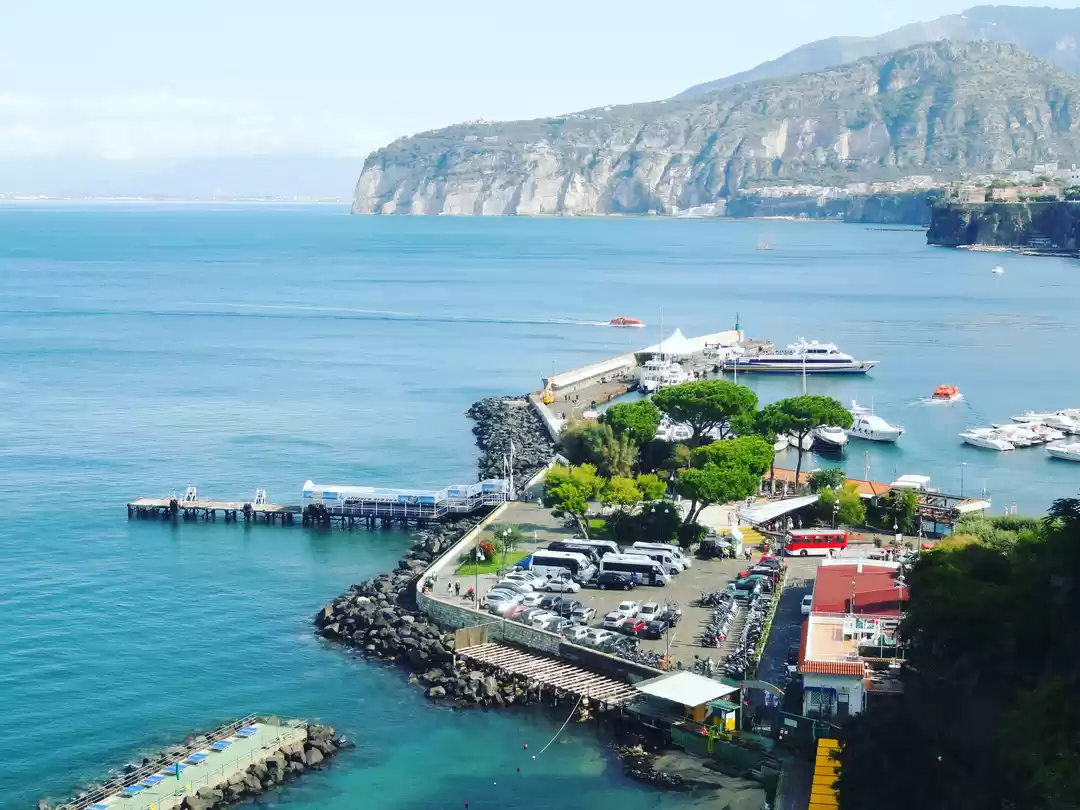Rome Tourism and Travel Guide
Rome (/ˈroʊm/ ROHM; Italian: Roma [ˈroːma], Latin: Rōma) is a city and special comune (named Roma Capitale) in Italy. Rome is the capital of Italy and of the Lazio region. With 2.9 million residents in 1,285 km2 (496.1 sq mi), it is also the country's largest and most populated comune and fourth-most populous city in the European Union by population within city limits. The Metropolitan City of Rome has a population of 4.3 million residents. The city is located in the central-western portion of the Italian Peninsula, within Lazio (Latium), along the shores of Tiber river. Vatican City is an independent country within the city boundaries of Rome, the only existing example of a country within a city: for this reason Rome has been often defined as capital of two states.Rome's history spans more than two and a half thousand years. While Roman mythology dates the founding of Rome at only around 753 BC, the site has been inhabited for much longer, making it one of the oldest continuously occupied sites in Europe. The city's early population originated from a mix of Latins, Etruscans and Sabines. Eventually, the city successively became the capital of the Roman Kingdom, the Roman Republic and the Roman Empire, and is regarded as one of the birthplaces of Western civilization and by some as the first ever metropolis. It is referred to as 'Roma Aeterna' (The Eternal City) and 'Caput Mundi' (Capital of the World), two central notions in ancient Roman culture.After the fall of the Western Empire, which marked the beginning of the Middle Ages, Rome slowly fell under the political control of the Papacy, which had settled in the city since the 1st century AD, until in the 8th century it became the capital of the Papal States, which lasted until 1870.Beginning with the Renaissance, almost all the popes since Nicholas V (1422–55) pursued coherently along four hundred years an architectonic and urbanistic program aimed to make of the city the world's artistic and cultural center. Due to that, Rome became first one of the major centers of the Italian Renaissance, and then the birthplace of both the Baroque style and Neoclassicism. Famous artists, painters, sculptors and architects made Rome the center of their activity, creating masterpieces throughout the city. In 1871 Rome became the capital of the Kingdom of Italy, and in 1946 that of the Italian Republic.Rome has the status of a global city. Rome ranked in 2014 as the 14th-most-visited city in the world, 3rd most visited in the European Union, and the most popular tourist attraction in Italy. Its historic centre is listed by UNESCO as a World Heritage Site. Monuments and museums such as the Vatican Museums and the Colosseum are among the world's most visited tourist destinations with both locations receiving millions of tourists a year. Rome hosted the 1960 Summer Olympics and is the seat of United Nations' Food and Agriculture Organization (FAO). 'Istat official population estimates'. Retrieved 19 December 2014. a b Bilancio demografico Anno 2014 (dati provvisori). Provincia: Roma - Demo.istat.it 'Discorsi del Presidente Ciampi'. Presidenza della Repubblica. Retrieved 17 May 2013. 'Le istituzioni salutano Benedetto XVI'. La Repubblica. Retrieved 17 May 2013. Heiken, G., Funiciello, R. and De Rita, D. (2005), The Seven Hills of Rome: A Geological Tour of the Eternal City. Princeton University Press. Old Age in Ancient Rome Andres Perez, Javier (2010). 'APROXIMACIÓN A LA ICONOGRAFÍA DE ROMA AETERNA' (PDF). El Futuro del Pasado. pp. 349–363. Retrieved 28 May 2014. Giovannoni, Gustavo (1958). Topografia e urbanistica di Roma (in Italian). Rome: Istituto di Studi Romani. pp. 346–47. 'Rome, city, Italy'. Columbia Encyclopedia (6th ed.). 2009. 'GaWC – The World According to GaWC 2012'. Lboro.ac.uk. 13 January 2014. Retrieved 2 August 2014. 'The Global City Competitiveness Index' (PDF). Managementthinking.eiu.com. 12 March 2012. Retrieved 9 May 2012. '2014 Global Cities Index and Emerging Cities Outlook'. Retrieved 2 August 2014. Most Visited Cities 'Historic Centre of Rome, the Properties of the Holy See in that City Enjoying Extraterritorial Rights and San Paolo Fuori le Mura'. UNESCO World Heritage Center. Retrieved 8 June 2008.
Tripoto Recommends: Rome
Itineraries For Rome
Best Luxury Hotels In Rome
Enjoy relaxing spas, azul pools, massages, stunning views, delicious dishes and the best of Rome at these handpicked luxury hotels in Rome.
Best Mid-Range Hotels In Rome
Comfortable stays, good food and scenic vistas of the city, Tripoto's list of the best mid-range hotels will let you witness the charms of Rome without having to spend a fortune.
Best Budget Hotels In Rome
Rome has a plethora of budget options with incredible facilities that will make you say, "How can this be so cheap?" Find one from Tripoto's list of the best budget hotels in Rome
Best Hostels In Rome
Stay at these Tripoto picked happening hostels in Rome to meet other travellers, participate in cool events and have a good time

